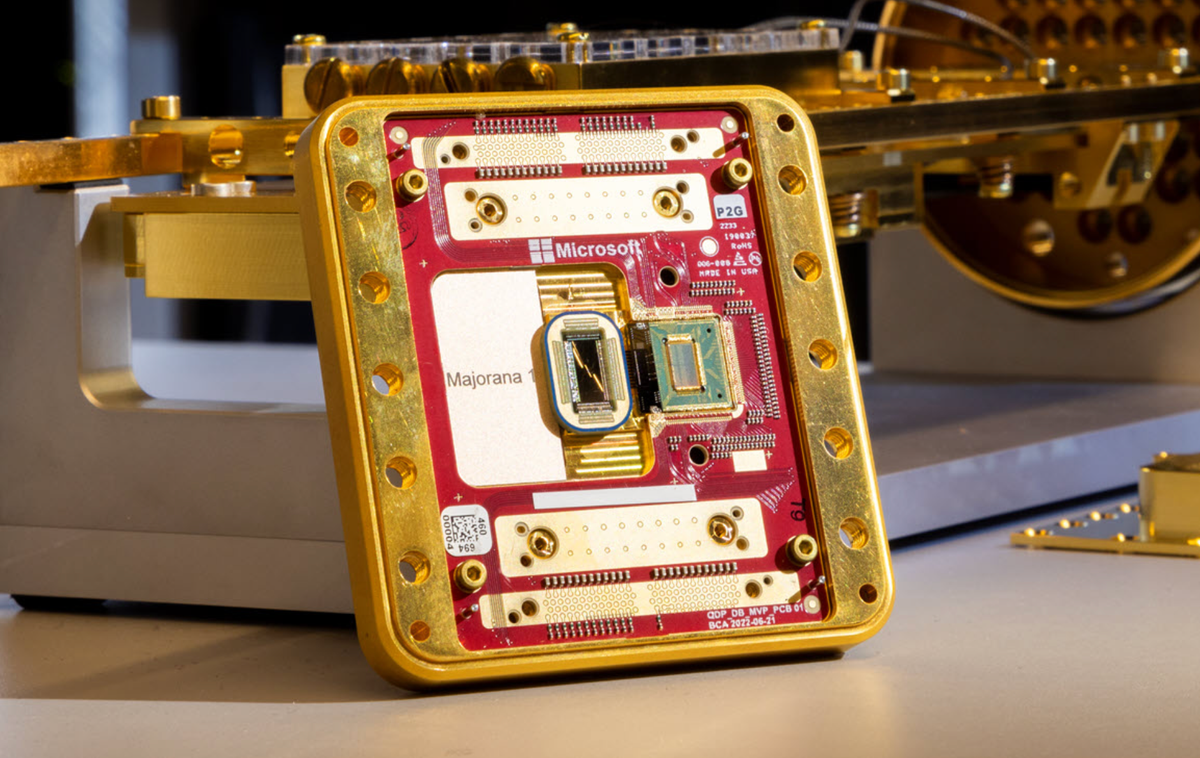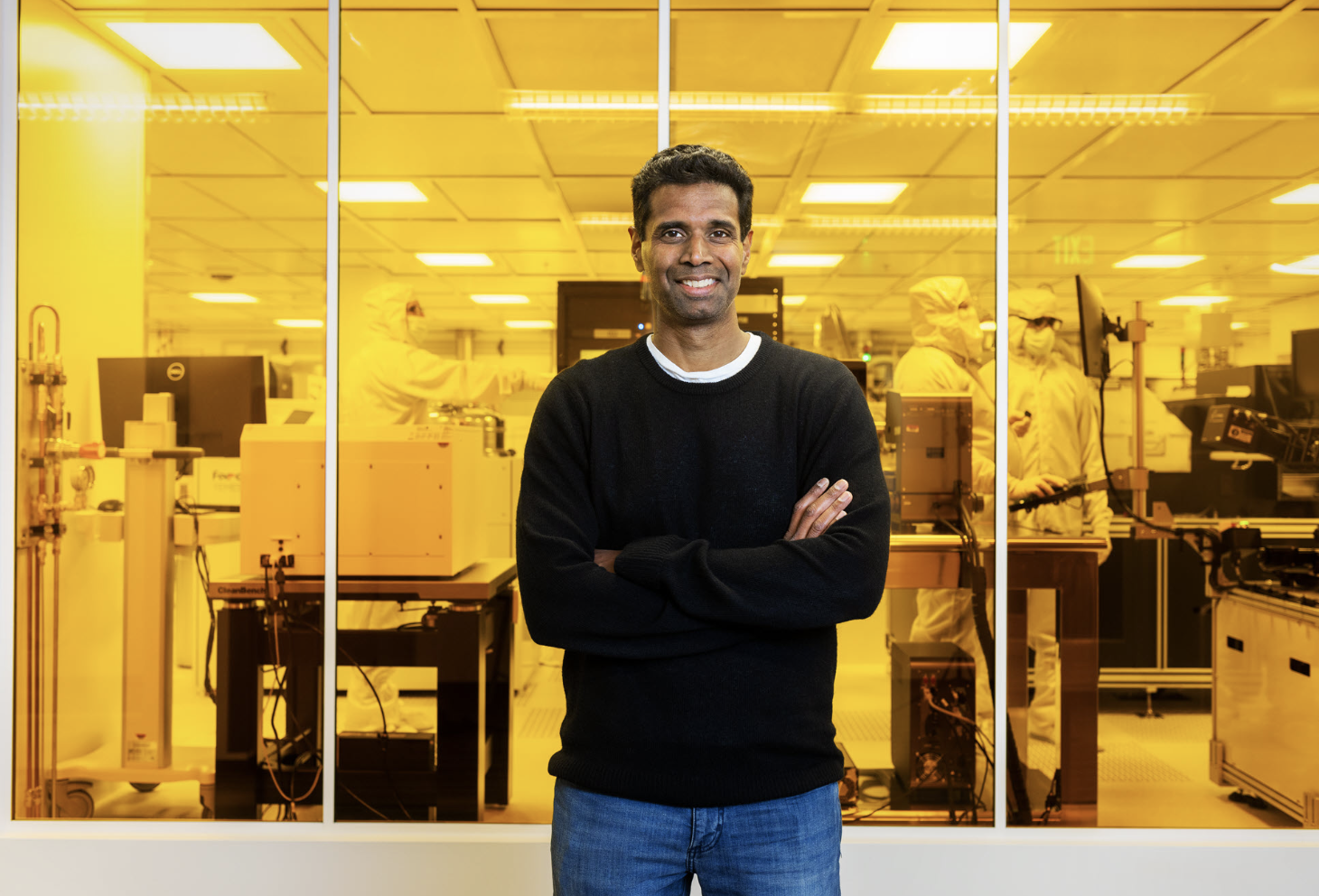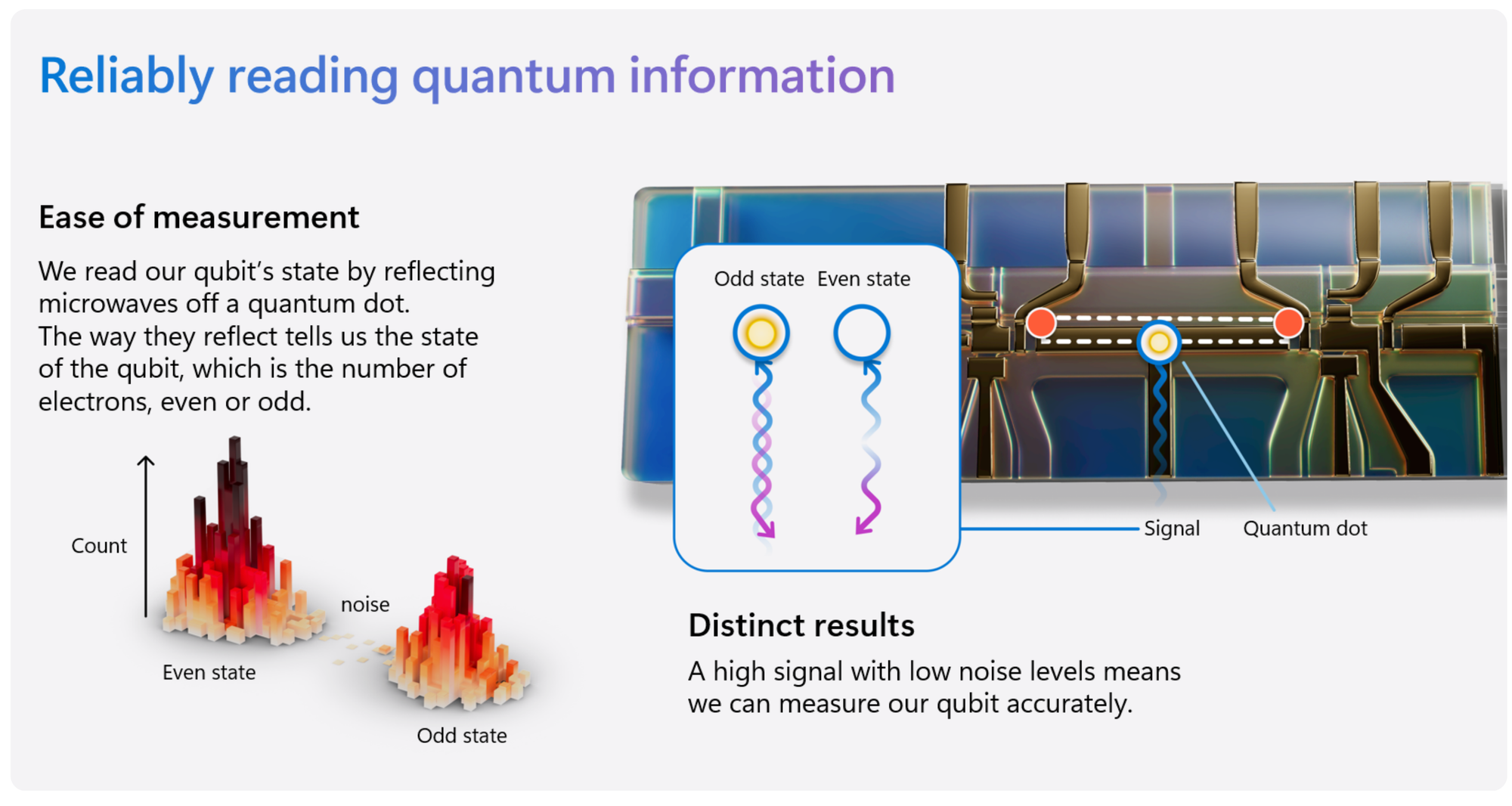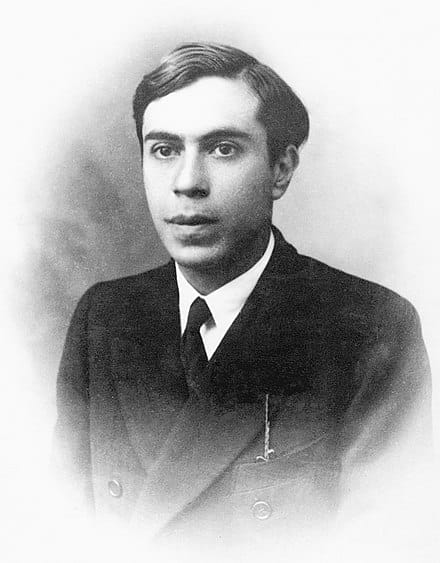Microsoft launches quantum chip named after physicist whose death remains a mystery
"This breakthrough will allow us to create a truly meaningful quantum computer not in decades, but in years."

Microsoft has launched a new quantum chip called the Majorana 1 chip and hailed it as a breakthrough that could lead to the mainstream launch of quantum computers within years rather than decades.
The chip is the first to be powered by a novel Topological Core architecture and leverages a new state of matter - topological superconductors - to create more stable and scalable quantum bits, or qubits.
Microsoft named its chip after the elusive Majorana particles theorised by Italian physicist Ettore Majorana in 1937. Read on for the full story of this remarkable scientist's mysterious death.
Yesterday's launch came after almost two decades of Microsoft research into topological qubits.
“We took a step back and said ‘OK, let’s invent the transistor for the quantum age. What properties does it need to have?’” said Chetan Nayak, Microsoft technical fellow.
“And that’s really how we got here – it’s the particular combination, the quality and the important details in our new materials stack that have enabled a new kind of qubit and ultimately our entire architecture.”

Ever since it started researching topological qubits, Microsoft believed this approach would yield more stable qubits that required less error correction, offering advantages in speed, size and controllability.
This new architecture in the Majorana 1 processor "offers a clear path" to fit a million qubits on a single chip that can fit in the palm of a hand, Microsoft said. This is a "needed threshold" for quantum computers to deliver transformative, real-world solutions such as breaking down microplastics into harmless byproducts or inventing self-healing materials for construction, manufacturing or healthcare.
Microsoft said that all the world’s current computers operating together "can’t do what a one-million-qubit quantum computer will be able to do".
“Whatever you’re doing in the quantum space needs to have a path to a million qubits. If it doesn’t, you’re going to hit a wall before you get to the scale at which you can solve the really important problems that motivate us,” Nayak said. “We have actually worked out a path to a million.”
Microsoft faced a major challenge in developing its topological qubits: the elusive Majorana particles, which do not occur naturally and can only be created under specific conditions involving magnetic fields and superconductors. This complexity led most quantum computing efforts to focus on other types of qubits.
However, a Nature paper has now confirmed that Microsoft successfully created Majorana particles and developed a reliable method to measure quantum information from them using microwaves. Majoranas are useful because they protect quantum information from disturbances from random disturbance. The information they contain can be reliably measured using microwaves.
Microsoft's measurement technique is so powerful it is capable of detecting differences as small as one electron among a billion. The process uses simple voltage pulses instead of complex, individual qubit adjustments, streamlining the path to scalable quantum computing.
Additionally, Microsoft’s topological qubit offers a size advantage. Unlike other qubits that require either impractically large machines or complex wiring, Microsoft’s creation is small enough to enable the construction of quantum computers without the need for massive infrastructure.
On X, Satya Nadella wrote: "Most of us grew up learning there are three main types of matter that matter: solid, liquid, and gas. Today, that changed.
"After a nearly 20-year pursuit, we’ve created an entirely new state of matter, unlocked by a new class of materials, topoconductors, that enable a fundamental leap in computing.
"We believe this breakthrough will allow us to create a truly meaningful quantum computer not in decades, as some have predicted, but in years."
Will quantum computers create new cybersecurity threats?

The dawn of the quantum revolution has major security implications.
Iain Beveridge, Senior Product and Solutions Manager at Entrust told Machine: “Microsoft's announcement represents a ringing endorsement from an industry giant for what many organisations have already been saying: Quantum computing is coming, and sooner than people think. This will have widespread implications from a data security perspective, potentially leaving large gaps in an organisation's cryptographic landscape.
"Organisations need to prioritise their post-quantum preparations, putting strategies in place to ready their security infrastructure for the transition. This requires the preparation of a comprehensive and agile cryptographic strategy, helping to identify and protect locations where sensitive data is housed, and to safely switch these protections to quantum-resistant algorithms when required. Without it, all assets, data and sensitive information, protected by typical security methods, will be vulnerable.
"The reality on the ground however indicates a worrying lack of readiness: 27% of organisations have yet to consider the post-quantum threat, and 23% are aware but haven't started planning. Hopefully, the publicity which Microsoft's announcement will generate will encourage organisations to ready their security infrastructure for the transition as soon as possible.”
Who is Ettore Majorana and how did he die?

Majorana was an Italian theoretical physicist renowned for his profound contributions to quantum mechanics, who vanished under mysterious circumstances in 1938. His disappearance has since become a subject of extensive speculation and numerous conspiracy theories.
Born in Catania, Sicily, in 1906, Majorana demonstrated exceptional talent in physics from a young age. Collaborating with luminaries such as Enrico Fermi, he made significant strides in understanding subatomic particles. Notably, he predicted the existence of particles now termed “Majorana fermions,” which are unique in being their own antiparticles.
In March 1938, Majorana embarked on a journey from Naples to Palermo. He sent a cryptic letter to his colleague, Antonio Carrelli, stating, “I have made a decision that has become inevitable.” Subsequently, he vanished without a trace, leading to many theories attempting to explain his sudden disappearance.
Suicide: Some contemporaries, including physicists Edoardo Amaldi and Emilio Segrè, posited that Majorana took his own life, possibly due to personal or professional turmoil. However, the absence of a body and his devout Catholic faith have led others to question this conclusion.
Monastic retreat: Another hypothesis suggests that Majorana sought solace in a monastery, retreating from the scientific community and public life. This theory is bolstered by reports of his deep religious convictions and alleged sightings in monastic settings.
Escape to South America: Some speculate that Majorana fled to South America, possibly to escape the political climate in Europe or to distance himself from the potential militarization of his scientific discoveries. In 2011, the Rome Attorney’s Office reopened the case after a witness claimed to have met Majorana in Buenos Aires in the post-war years.
A photograph from 1955 was analyzed, revealing significant similarities to Majorana’s features. Further investigations suggested he might have lived in Valencia, Venezuela, between 1955 and 1959 under the name “Bini.” These findings led the Attorney’s Office to declare the case closed in 2015, concluding that Majorana likely chose voluntary exile.
Abduction or murder: More sinister theories propose that Majorana was kidnapped or murdered, possibly due to his extensive knowledge of nuclear physics during a tumultuous political era. However, no concrete evidence has emerged to substantiate these claims.
Over the decades, the enigma surrounding Majorana’s fate has inspired various works of literature and research, reflecting the enduring intrigue of his story. Despite numerous investigations and theories, the true circumstances of Ettore Majorana’s disappearance remain unresolved.
Have you got a story or insights to share? Get in touch and let us know.




